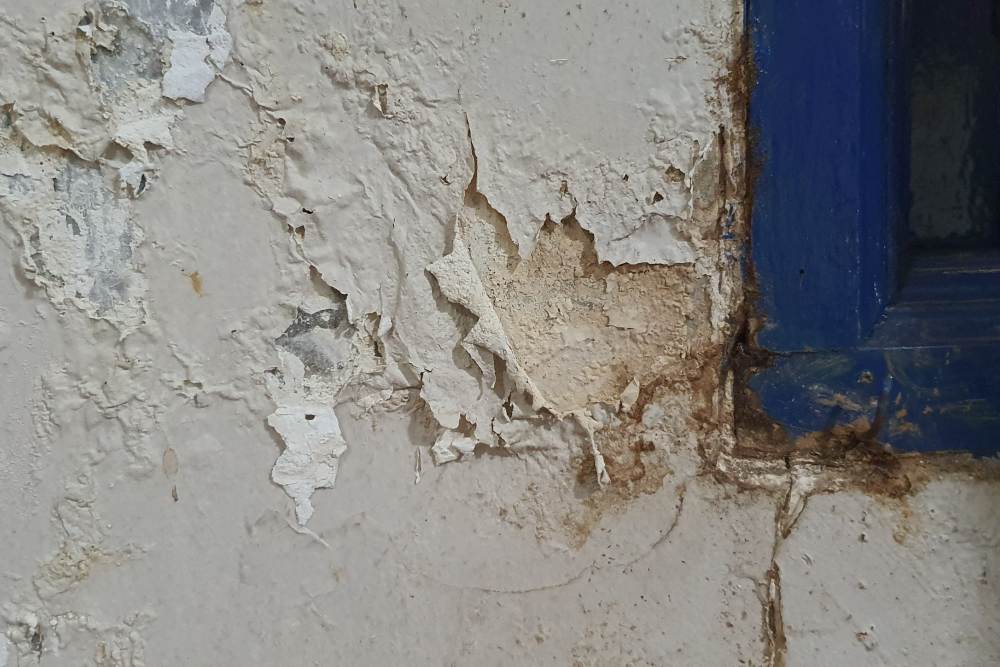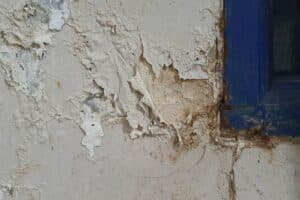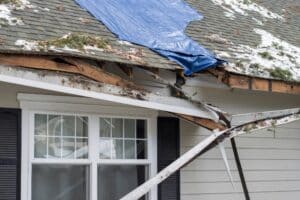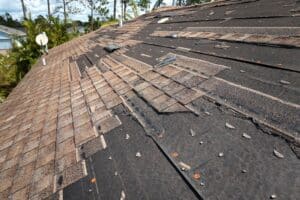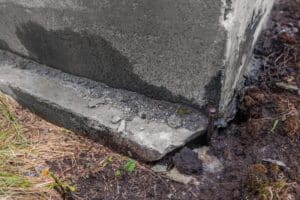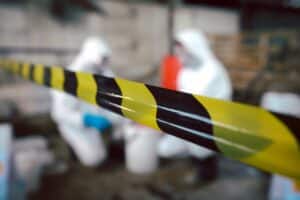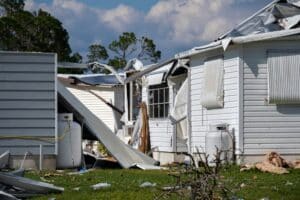When you think of water damage, you probably imagine puddles on the floor or stains on the ceiling. But some of the most serious damage happens where you can’t see it—behind your walls. Hidden moisture can quietly spread through insulation, wood framing, and electrical systems, creating a costly mess before you even realize something’s wrong.
In a dry climate like Utah, water damage might seem less likely—but when it strikes, it can wreak havoc quickly. Knowing the subtle signs and acting fast can mean the difference between a simple repair and a full-blown restoration project.
Subtle Signs Water Is Hiding Behind Your Walls
Peeling Paint or Bubbling Wallpaper
When paint or wallpaper starts to peel, bubble, or blister, it’s not just a cosmetic issue. It’s one of the earliest signs that moisture is trapped beneath the surface. The water weakens the adhesive layer, causing materials to lift and separate from the wall.
If you notice this happening—especially in areas near bathrooms, kitchens, or basements—take it seriously. A small bubble today could indicate a much larger problem behind the drywall.
Musty or Damp Odors
That earthy, musty smell you can’t quite place? It’s a major red flag. When water seeps behind walls, it often leads to mold growth. Mold thrives in dark, moist environments, and even a tiny leak can provide enough moisture for spores to spread.
Once mold sets in, it not only damages building materials but can also impact indoor air quality and cause health issues. If your home smells damp even after cleaning, hidden water could be the culprit.
Discoloration or Stains
Yellow, brown, or grayish patches appearing on walls or ceilings are telltale signs of water infiltration. These stains often indicate that water has already soaked through the drywall. Even if the wall feels dry now, it may have retained moisture deeper inside that continues to cause damage.
Warped or Soft Drywall
If your walls feel soft to the touch, bow outward, or look uneven, it’s likely that water has compromised the drywall or wood framing. Warping happens when materials absorb too much moisture, lose their rigidity, and begin to deteriorate. Once drywall has softened, it often needs to be replaced entirely.
Unusual Sounds
Sometimes you can hear the problem before you see it. Dripping, gurgling, or faint hissing noises inside your walls can signal a leaking pipe or trapped water. Pay attention to these subtle sounds, especially when the house is quiet at night—they could point to hidden moisture spreading through your walls.
The Hidden Risks of Delaying Action
The most dangerous part of water behind walls is what you can’t see. It doesn’t just sit there—it spreads. And as it spreads, the risks multiply.
Hidden Mold Growth
Mold can begin to grow within 24–48 hours of water exposure. Once inside your walls, it can spread through studs, insulation, and even electrical conduits. Over time, it releases spores into the air that can cause respiratory irritation and allergies.
Electrical Hazards
Water and electricity don’t mix. If moisture reaches wiring or outlets, it creates a serious fire and shock hazard. Even if the power seems fine, hidden corrosion can damage circuits and require costly rewiring.
Structural Damage
Wood studs and framing can weaken as they absorb water, leading to rot and warping. Left unchecked, this can compromise the stability of your walls, flooring, or even your home’s foundation.
How Professionals Detect Hidden Water Damage
You can spot the surface signs, but confirming water behind walls requires professional tools and expertise. Restoration experts use:
- Moisture Meters: These measure the exact moisture content of materials like drywall and wood to locate hidden dampness.
- Infrared Cameras: By detecting temperature differences, thermal imaging reveals cooler, wet areas that aren’t visible to the eye.
- Hygrometers: These measure humidity levels in the air to assess whether conditions are ideal for mold growth.
These tools allow specialists to pinpoint the source, map the spread of moisture, and dry affected areas thoroughly—preventing recurring issues later.
For reliable help, homeowners can turn to trusted experts in water damage restoration in Salt Lake City who have the right equipment and training to handle the job quickly and safely.
How Homeowners Can Catch Problems Early
While some leaks are invisible, you can still take proactive steps to detect problems before they worsen:
- Inspect regularly. Check under sinks, around toilets, and near windows after storms or plumbing work.
- Watch your water bill. A sudden spike can indicate a hidden leak.
- Check caulking and seals. Gaps around tubs, sinks, and windows let water seep behind surfaces.
- Maintain your roof and gutters. Clogged or damaged drainage systems are common causes of moisture intrusion.
If you spot even one warning sign, it’s best to investigate right away rather than wait for visible damage.
Why Fast Action Matters
The sooner you respond to water damage, the better your chances of minimizing cost and disruption. Quick action prevents mold growth, saves structural materials, and reduces repair time. Delays, on the other hand, can multiply expenses as hidden water continues to spread.
Restore Peace of Mind with Black Diamond Restoration
Hidden water damage is never something to ignore—but you don’t have to face it alone. When you suspect moisture behind your walls, Black Diamond Restoration provides fast, thorough assessments and complete repair solutions to keep your home safe and sound.
Whether it’s a small leak or widespread flooding, Black Diamond Restoration delivers expert water damage restoration in Salt Lake City to stop the problem at its source and restore your home to its best condition.

